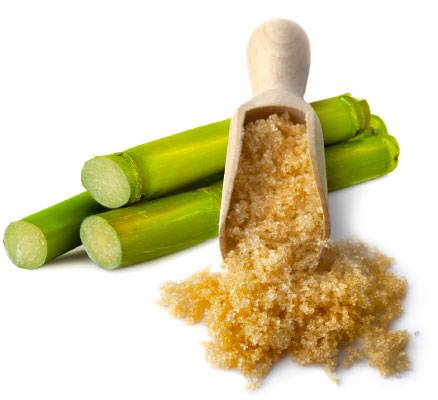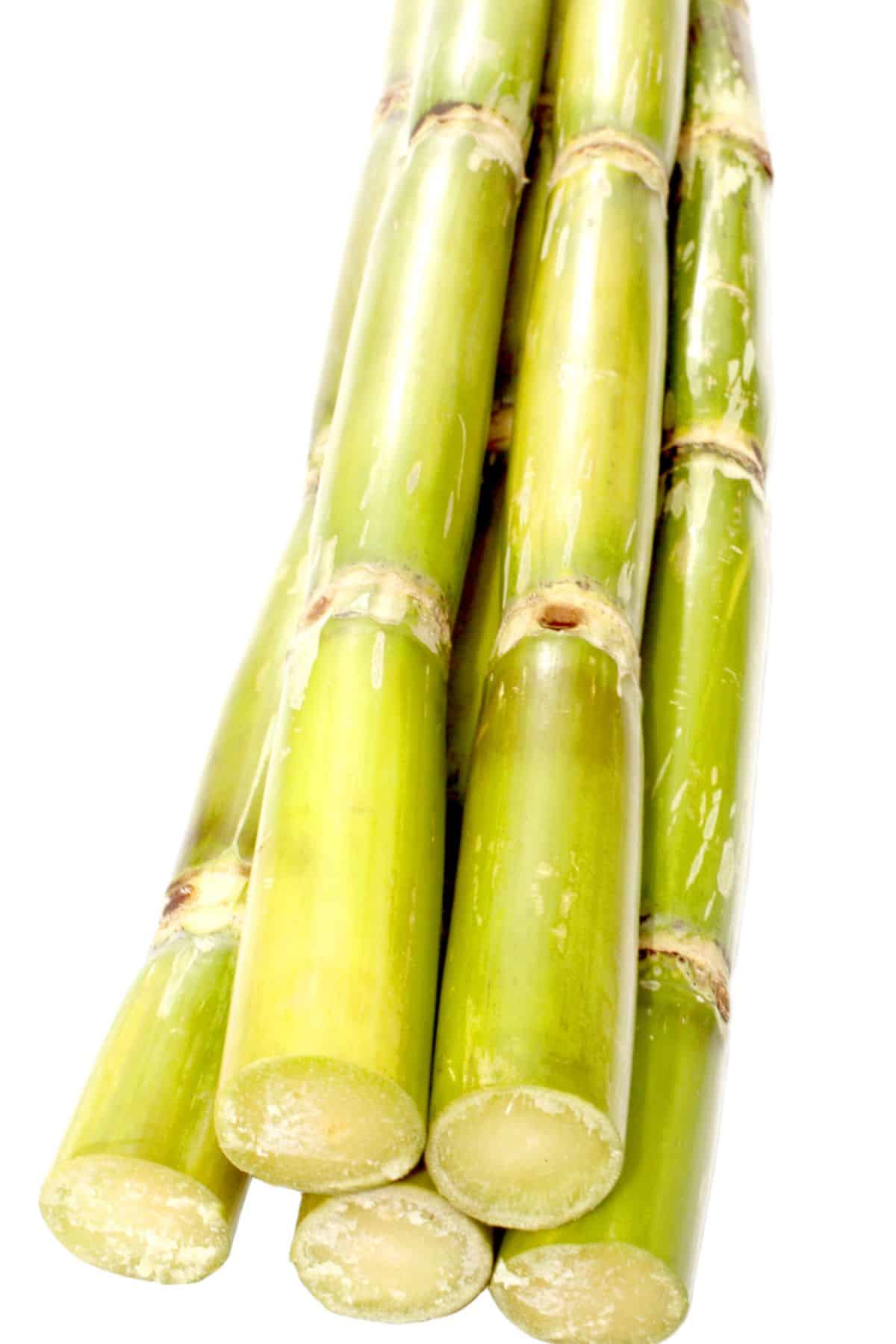Advanced Cane Sugar Processing: Enhancing Efficiency and Sustainability
Advanced Cane Sugar Processing: Enhancing Efficiency and Sustainability
Blog Article
Discovering the Comprehensive Steps Involved in Walking Stick Sugar Processing From Collecting to Refinement
The procedure of walking cane sugar production includes a collection of detailed steps, beginning with the mindful harvesting of sugarcane and finishing in the refinement stages that make certain the last product meets market criteria. Each stage, from the extraction of juice to the purification and formation procedures, plays a critical role in establishing the quality and character of the sugar.
Collecting Sugarcane
Harvesting sugarcane is an important action in the cane sugar handling chain, as it directly affects the top quality and yield of the end product. Proper timing and methods are important throughout this stage to ensure optimal sugar content and lessen losses. Commonly, sugarcane is gathered when it reaches maturity, usually 12 to 18 months after growing, identified by a high sucrose concentration.

Post-harvest, the sugarcane must be processed swiftly to stop sucrose destruction. Preferably, collected walking cane needs to be transferred to processing centers within 1 day to protect sugar quality. Therefore, reliable logistical preparation is vital to preserve the integrity of the collected plant throughout the supply chain.
Removal Process

The smashed walking cane undergoes a collection of pressing operations to optimize juice recuperation. Commonly, warm water is splashed onto the crushed cane, creating a countercurrent circulation that aids liquify the sugar while likewise aiding in the extraction process. The juice collected from this procedure has not just sugar however likewise different organic compounds and impurities.
:strip_icc()/How-to-Plant-and-Grow-Sugar-Cane-965303384-2fdac181359d44c185dfa7988fc181a8.jpg)
To enhance removal effectiveness, some centers may employ diffusion techniques, where the sugarcane is saturated in hot water, allowing the soluble sugars to diffuse into the fluid. The resulting juice, abundant in sucrose, is then routed to subsequent processing phases, laying the structure for purification and refinement. The extraction process is thus essential in establishing the top quality and return of the last sugar item.
Filtration Methods
The purification techniques employed in cane sugar processing are vital for transforming the raw juice into a top quality sugar product. These methods primarily intend to remove contaminations, such as dirt, plant products, and not natural compounds, which can detrimentally impact the end product's taste and shade.
Among one of the most typical purification methods is information. This process entails adding lime and warmth to the raw juice, you could check here which facilitates the coagulation of contaminations. The resulting precipitate is after that eliminated with sedimentation or filtration, generating a more clear juice. Additionally, using phosphoric acid can boost the information process by further binding contaminations.
An additional considerable technique is carbonatation, where co2 is introduced to the clarified juice. This response produces calcium carbonate, which records continuing to be pollutants and promotes their elimination.
Additionally, activated carbon therapy may be put on adsorb any type of continuing to be colorants and natural pollutants, making certain a much more refined product. The mix of these techniques effectively prepares the sugar juice for succeeding steps in the refining process, establishing the stage for the production of high-grade walking stick sugar.
Formation Techniques
After the purification phase, the following critical action in walking cane sugar processing entails crystallization techniques, which play a crucial role in transforming the made clear juice right into solid sugar. This procedure commonly employs two key methods: spontaneous condensation and regulated formation.
In spontaneous formation, supersaturated sugar solutions are allowed to cool naturally, leading to the formation of sugar crystals over time. This method allows for the uniform growth of sugar crystals and higher purity.
During condensation, the cleared up juice is focused via evaporation, increasing its sugar material up until it reaches supersaturation. When this factor is accomplished, either approach can promote the condensation process. Cane Sugar Processing. The resultant sugar crystals are after that separated from the staying syrup with centrifugation
Inevitably, the selection of crystallization method impacts the high quality, dimension, and purity of the last sugar product, making this step important in the overall walking cane sugar handling procedure.
Refinement and Product Packaging
Exactly how can the purity and quality of walking cane sugar be better boosted after condensation? The improvement procedure plays a vital role in attaining high-grade walking stick sugar. Following condensation, sugar undergoes an extensive cleaning to eliminate impurities and recurring molasses. This is commonly achieved using warm water or steam, which aids dissolve and remove unwanted elements while maintaining the sugar crystals. her explanation
Next, the sugar goes through a this contact form procedure called centrifugation, where it is spun at broadband to separate the cleansed sugar crystals from the remaining liquid. After centrifugation, the sugar is usually further improved through an approach called carbonization or phosphatation, which uses turned on carbon or phosphoric acid to eliminate shade and off-flavors.
When refined, the sugar is dried to accomplish the desired wetness content, making certain that it stays secure during storage space and transportation. The last step includes packaging the polished sugar in moisture-proof and closed containers to keep its high quality and protect against contamination. Cane Sugar Processing. Appropriate product packaging not just extends life span but likewise assists in very easy handling and distribution, making certain that customers receive sugar that satisfies the highest possible standards of purity and top quality
Verdict
The extensive actions associated with walking stick sugar processing, from the thorough harvesting of sugarcane to the intricate refinement and product packaging stages, highlight the value of each phase in making sure top notch sugar production. Optimal harvesting methods, reliable extraction techniques, and rigorous purification procedures collectively add to the final item's pureness and security. The condensation and subsequent packaging practices further enhance the integrity and life span of the sugar, highlighting the intricacy and accuracy intrinsic in this essential farming sector.
The procedure of walking stick sugar production encompasses a series of intricate steps, beginning with the mindful harvesting of sugarcane and finishing in the refinement phases that make certain the final product fulfills market standards. Preferably, gathered cane needs to be moved to refining facilities within 24 hours to maintain sugar high quality.In spontaneous crystallization, supersaturated sugar remedies are enabled to cool naturally, leading to the development of sugar crystals over time - Cane Sugar Processing. The refinement procedure plays a critical function in accomplishing top notch walking stick sugar.The extensive steps involved in walking cane sugar handling, from the thorough harvesting of sugarcane to the detailed improvement and packaging stages, emphasize the significance of each phase in ensuring high-grade sugar manufacturing
Report this page